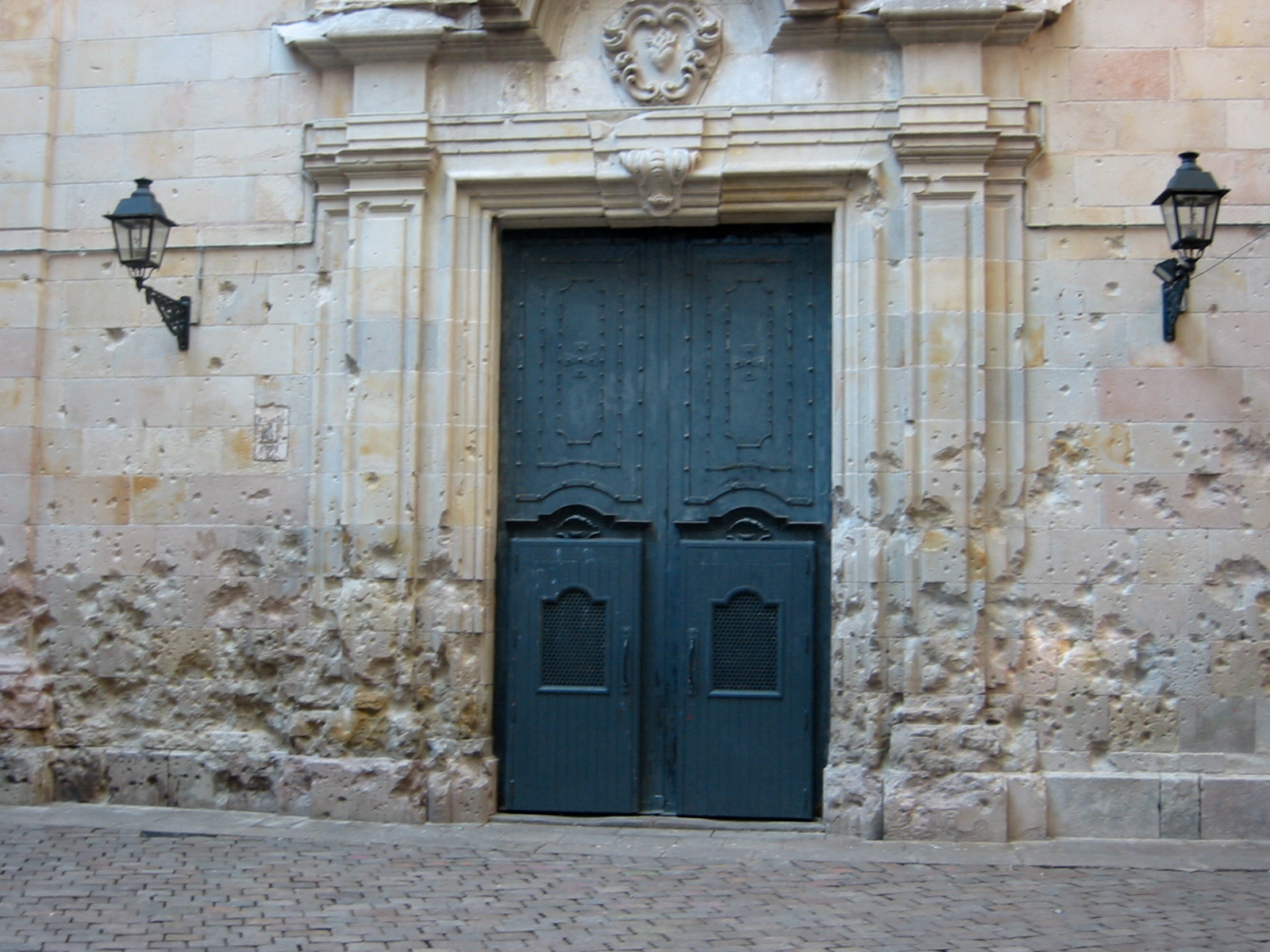Plaça De Sant Felip Neri on:
[Wikipedia]
[Google]
[Amazon]
 Plaça de Sant Felip Neri is a small square in the
Plaça de Sant Felip Neri is a small square in the
 The square was once home to the Palace of Neri built in 1752. In the mid-20th century, Gothic buildings from other areas of the city were moved stone by stone to the square, instead of demolishing them to make room for urban developments. When the hotel Neri was built it was faced in similar gothic stone to maintain the gothic style of the square. In 1938 during the Spanish Civil War,
The square was once home to the Palace of Neri built in 1752. In the mid-20th century, Gothic buildings from other areas of the city were moved stone by stone to the square, instead of demolishing them to make room for urban developments. When the hotel Neri was built it was faced in similar gothic stone to maintain the gothic style of the square. In 1938 during the Spanish Civil War,
 Plaça de Sant Felip Neri is a small square in the
Plaça de Sant Felip Neri is a small square in the Gothic Quarter
The Gothic Quarter ( ca, Barri Gòtic or ''El Gòtic'', es, Barrio Gótico) is the historic centre of the old city of Barcelona. It stretches from La Rambla to Via Laietana, and from the Mediterranean seafront to the Ronda de Sant Pere. It is ...
in the district of Ciutat Vella in Barcelona, Catalonia, Spain. The square takes its name from the Church of Saint Philip Neri, which presides over the square. To the right of the church is the School of Saint Felip Neri which uses the square as a playground. To the left of the church is a house used by the Oratory of Saint Philip Neri. In the centre of the square is an octagonal fountain, dedicated as a symbol of life. The architecture of the square and surrounding buildings is in the medieval Baroque
The Baroque (, ; ) is a style of architecture, music, dance, painting, sculpture, poetry, and other arts that flourished in Europe from the early 17th century until the 1750s. In the territories of the Spanish and Portuguese empires including t ...
-style.
History
 The square was once home to the Palace of Neri built in 1752. In the mid-20th century, Gothic buildings from other areas of the city were moved stone by stone to the square, instead of demolishing them to make room for urban developments. When the hotel Neri was built it was faced in similar gothic stone to maintain the gothic style of the square. In 1938 during the Spanish Civil War,
The square was once home to the Palace of Neri built in 1752. In the mid-20th century, Gothic buildings from other areas of the city were moved stone by stone to the square, instead of demolishing them to make room for urban developments. When the hotel Neri was built it was faced in similar gothic stone to maintain the gothic style of the square. In 1938 during the Spanish Civil War, Francisco Franco
Francisco Franco Bahamonde (; 4 December 1892 – 20 November 1975) was a Spanish general who led the Nationalist faction (Spanish Civil War), Nationalist forces in overthrowing the Second Spanish Republic during the Spanish Civil War ...
laid siege to the city of Barcelona. On the 30 January 1938, one of Franco's bombs fell on the church killing 30 people most of whom were children from the School of Sant Philip Neri and some were refugee children from Madrid where the church had been turned into a makeshift orphanage. As people pulled survivors from the rubble, a second bomb hit the square, killing 12 more bringing the death toll to 42. It was the second worst bombing hit in Barcelona during the war. Evidence of the bombings can be seen in the pockmarked walls of the church. Museu del Calçat, a footwear museum in the square was closed in 2015 and building remains unused.
Myths
A myth spread by the Francoist authorities stated that the pockmarks in the stone were from the bullets of ananarchist
Anarchism is a political philosophy and movement that is skeptical of all justifications for authority and seeks to abolish the institutions it claims maintain unnecessary coercion and hierarchy, typically including, though not neces ...
execution of church priests. This was spread in an attempt to cover up evidence of the 1938 bombings.
Transport
Barcelona metro
The closest metro stations are the Jaume I on the L4 and Liceu on the L3 lines.Buses
The following bus lines 45, 59, 91, 120, V13, V15, V17 and the Barcelona tourist bus.Walking
It is close to the Barcelona Cathedral at the end ofCarrer de Montjuïc del Bisbe
Carrer may refer to:
People with the surname:
*Gustavo Carrer (1885-1968), Italian athlete in football
* Pavlos Carrer (1829-1896) Greek music composer
In street names;
*In Barcelona, Spain:
** Carrer d'Aragó
**Carrer d'Ausiàs Marc, Barcelona
* ...
.
References
{{DEFAULTSORT:Plaça de Sant Felip Neri Plazas in Barcelona Ciutat Vella Tourist attractions in Barcelona